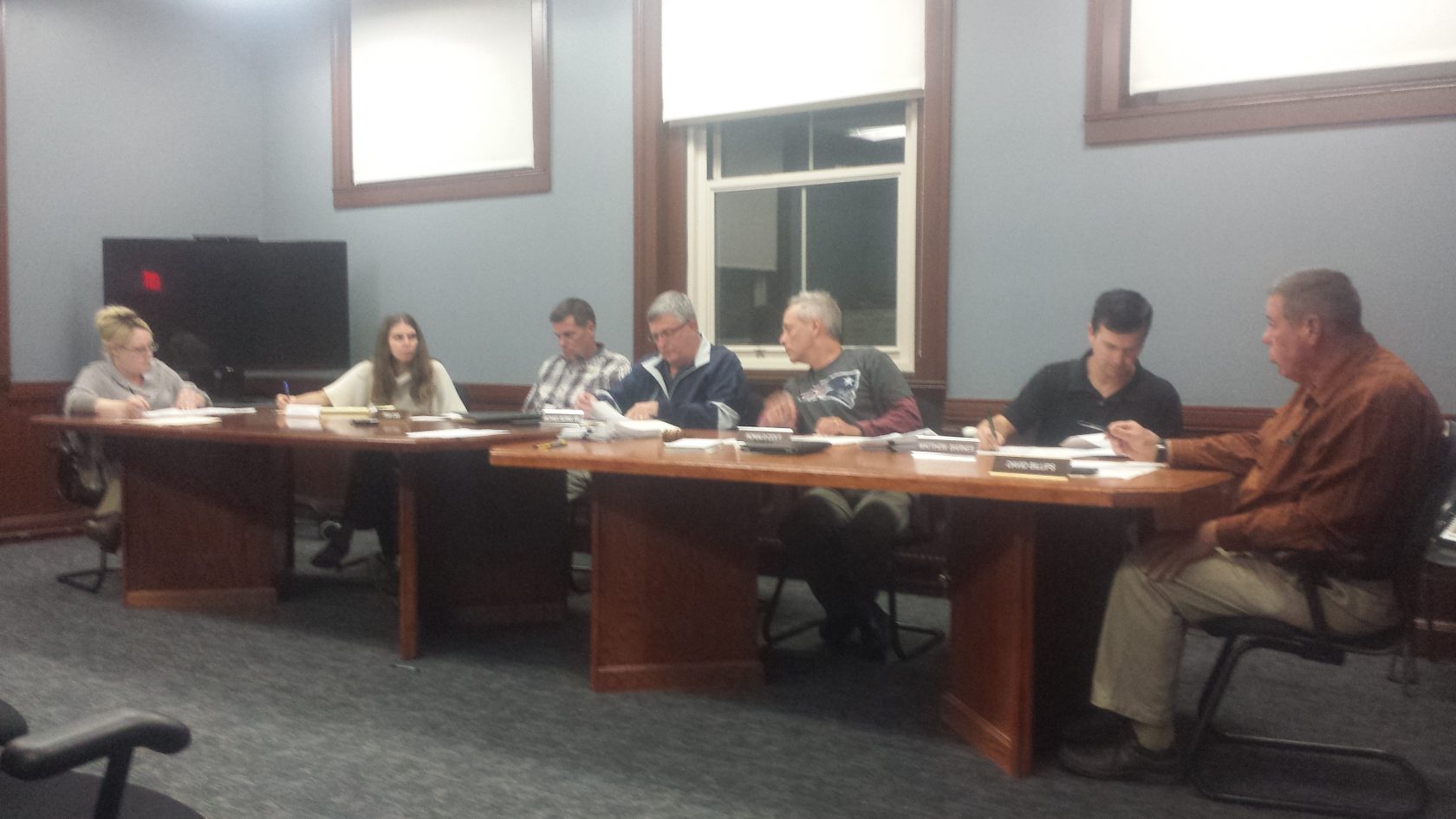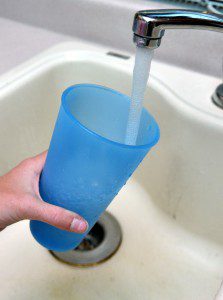WESTFIELD–Several city officials held a meeting Tuesday night to provide residents with an update on the recent water concerns in Westfield.
Overall, the message was that there is nothing to worry about regarding the city’s water supply. There have been concerns about contaminants and a recent water ban, but it was repeatedly said that these actions were out of “an abundance of caution” and not due to a threat to public health or safety.
“The water is safe for people to drink according to all the information we have,” Westfield systems engineer Heather Miller said.
She said that a recent notice that was sent out to consumers was done because of EPA standards and had language that may have seemed more worrisome than it had to be. The EPA significantly lowered the acceptable amount of PFOS and PFOA in drinking water. The EPA acceptable level changed from 600 parts per trillion to 70 parts per trillion in July.
The notice included language suggesting that pregnant and breast-feeding women could be at risk from drinking the water, but officials at the meeting wanted to be clear that they saw no risk posed to anyone.
“I would let my pregnant daughter drink it, I would let my granddaughter drink it,” superintendent of public works David Billips said about the city’s water.
“It’s an advisory, it’s a health advisory and the science isn’t completely in yet,” he said.
Miller said that the 70 parts per trillion limit is based on a lifetime of water consumption, and that this is a safe amount for even the most at risk portion of population–pregnant and breast-feeding women–based on the current information available.
Billips said that “the most important thing to do” is to “get wells back up or get the [water] level back up.”
In order to do this, Billips proposed temporary carbon vessels to filter the water from wells seven and eight, which were the two original wells put offline due to pollutants. After that, Billips said that he hopes to build permanent filtration structures for the wells.
The problem though, comes down to cost.
Billips estimated that the complete plan could cost $2 million, and the capital plan does not have much money allocated. This means that consumers may see an increase in their costs.
For now, Miller said that the city will be establishing a pilot study with the EPA to get the data needed to move forward with a program. There was no firm timetable for the pilot study, but was said that it will be starting soon.



